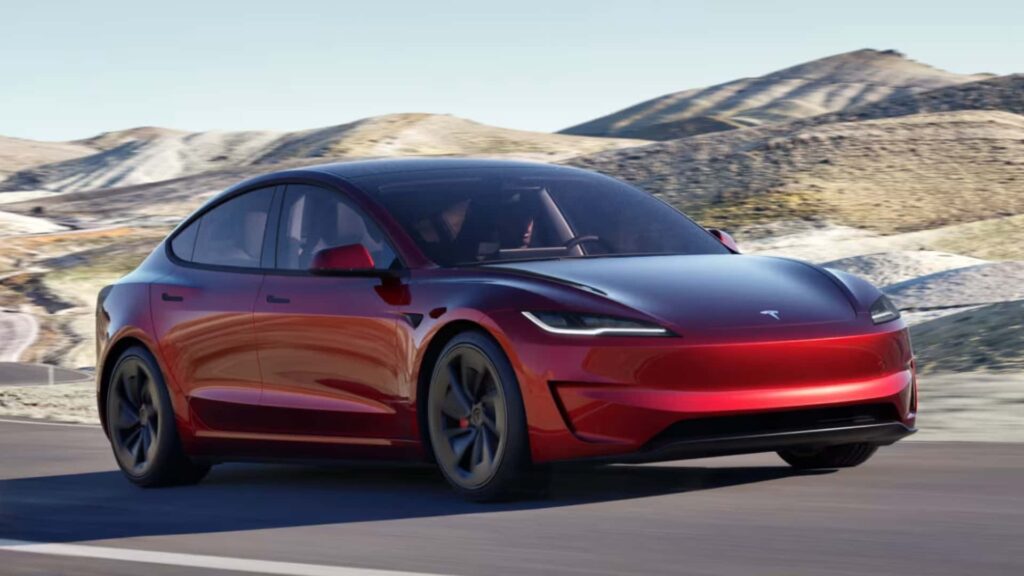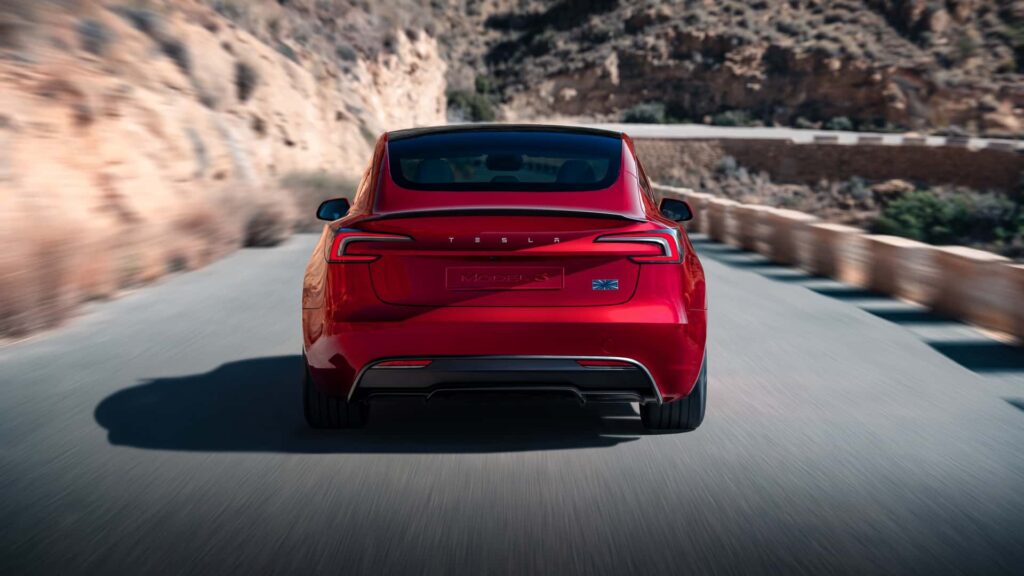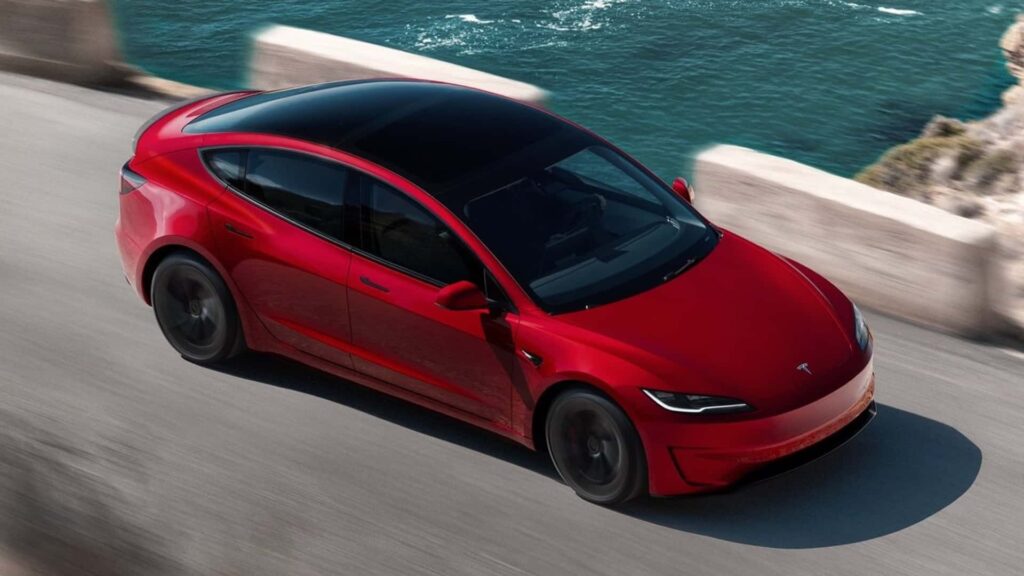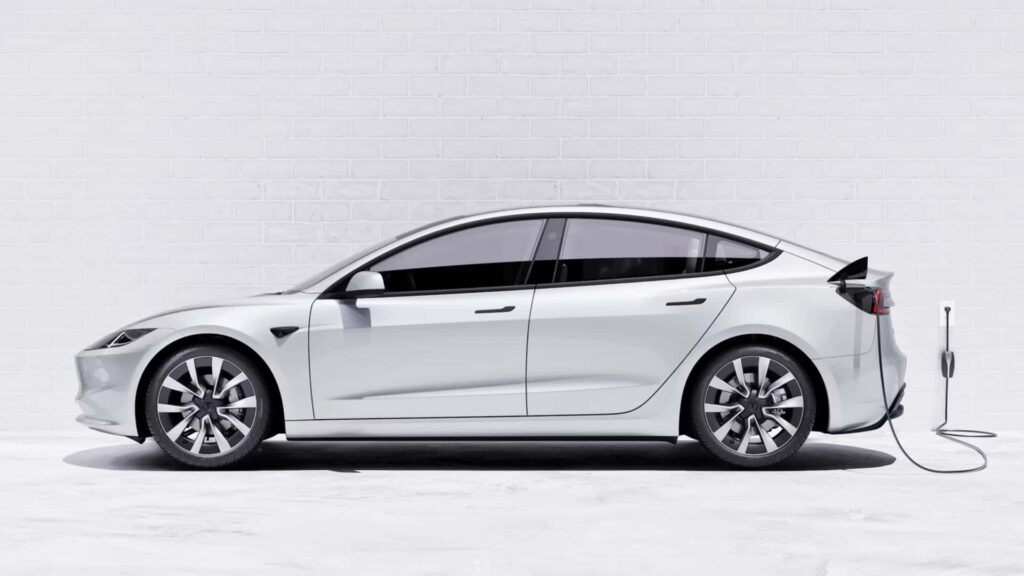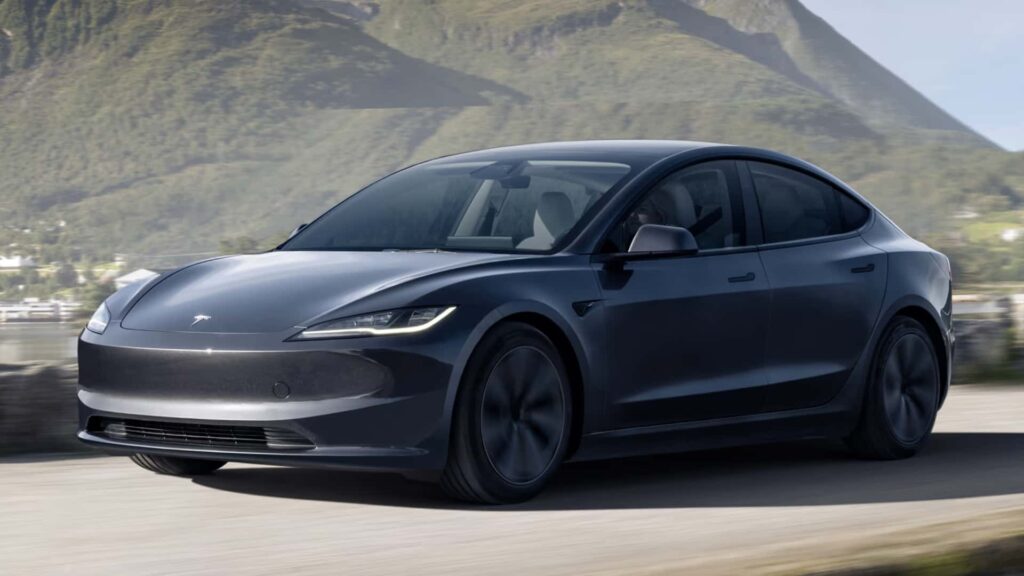By the end of the decade, cars in California might alert you if you exceed the speed limit. Recently, the state’s Senate passed new legislation requiring all vehicles sold or manufactured in California to have passive speed limiters starting in 2027. The legislation sets forth that half of all new vehicles must have this technology by 2029, with full compliance required by 2032.
The proposed passive system, exempting emergency vehicles, will alert drivers when they exceed the road’s speed limit by 10 miles per hour. This system will issue both audible and visual warnings to prompt drivers to slow down. This new regulation follows a recommendation from the US National Transportation Safety Board, which advised the National Highway Traffic Safety Administration to mandate intelligent speed assistant (ISA) technology in new cars to warn drivers of speeding. For the legislation to become law, it must still pass a vote in the California Assembly by August 31.
The primary goal of this legislation is to reduce speeding-related crashes and fatalities. Statistics show that one-third of California’s traffic deaths from 2017 to 2021 were due to speeding. The bill’s sponsor, Scott Wiener, emphasized that these deaths are preventable and pointed out that policy choices have allowed these tragedies to continue.
Intelligent Speed Assistants (ISAs) have been available in both passive and active forms since their introduction in France in the 1980s. Passive systems do not prevent drivers from exceeding the speed limit but provide warnings, while active systems physically limit vehicle speeds, making it difficult or impossible to go over the limit.
Read Also: Cummins Faces $2 Billion Fine for Violating Diesel Emissions Standards
California’s law, SB 961, mirrors a rule set to take effect in the European Union, requiring all cars sold in the region to have passive limiters that alert drivers both audibly and visually. In line with these safety measures, Volvo announced in 2020 that it would voluntarily limit its new vehicles’ top speed to 112 mph.
The push for speed limiters in vehicles is part of a broader movement towards enhancing road safety and reducing traffic fatalities. California’s proposed legislation aims to align with global efforts to make roads safer by leveraging technology to assist drivers in adhering to speed limits.
The introduction of passive speed limiters is seen as a critical step in mitigating the risks associated with speeding. These systems rely on GPS data and digital maps to determine the speed limit of a given road. When a driver exceeds the speed limit by more than 10 mph, the system activates and warns the driver to reduce speed. This technological intervention is designed to reduce human error and promote safer driving habits.
Supporters of the bill argue that the implementation of passive speed limiters will have a significant impact on road safety. By reducing instances of speeding, the likelihood of accidents decreases, leading to fewer injuries and fatalities. This aligns with the broader objective of Vision Zero, a multi-national road traffic safety project that aims to achieve a highway system with no fatalities or serious injuries.
Critics, however, express concerns about the effectiveness and acceptance of such technology. Some drivers may find the alerts intrusive and may not respond positively to constant warnings. Additionally, there is the challenge of ensuring that the technology is reliable and accurate in real-time conditions. Misinformation about speed limits or GPS inaccuracies could potentially lead to false alerts, causing frustration among drivers.
Read Also: US Lawmakers Propose Legislation Forcing Automakers To Keep AM Radio
Despite these concerns, the precedent set by the European Union and the proactive measures taken by manufacturers like Volvo indicate a growing acceptance of speed limiters in the automotive industry. As technology advances, the reliability and user experience of these systems are expected to improve, addressing some of the current criticisms.
The implementation of passive speed limiters also represents a shift towards greater regulatory involvement in vehicle safety standards. By mandating such technologies, California aims to create a safer driving environment and reduce the societal costs associated with traffic accidents. This legislative move underscores the state’s commitment to innovative solutions in addressing traffic safety challenges.
Moreover, the potential benefits extend beyond safety. Improved compliance with speed limits can lead to more efficient traffic flow, reduced fuel consumption, and lower emissions. These environmental advantages align with California’s broader goals of sustainability and reducing the carbon footprint of transportation.
As the August 31 deadline approaches for the California Assembly vote, the eyes of the nation are on this pioneering legislation. If passed, it could set a new standard for vehicle safety regulations in the United States, encouraging other states to adopt similar measures.
The proposed legislation requiring passive speed limiters in California represents a significant step towards enhancing road safety. By 2027, all vehicles sold or manufactured in the state may include technology designed to alert drivers when they exceed the speed limit. This initiative, driven by the need to reduce speeding-related accidents and fatalities, aligns with global trends in vehicle safety. While there are challenges and criticisms to address, the potential benefits in terms of safety, efficiency, and environmental impact make a compelling case for the adoption of this technology. As California leads the way, the successful implementation of passive speed limiters could pave the path for broader national and international adoption, contributing to safer roads and better driving practices worldwide.
Featured Image Credit: www.motor1.com




